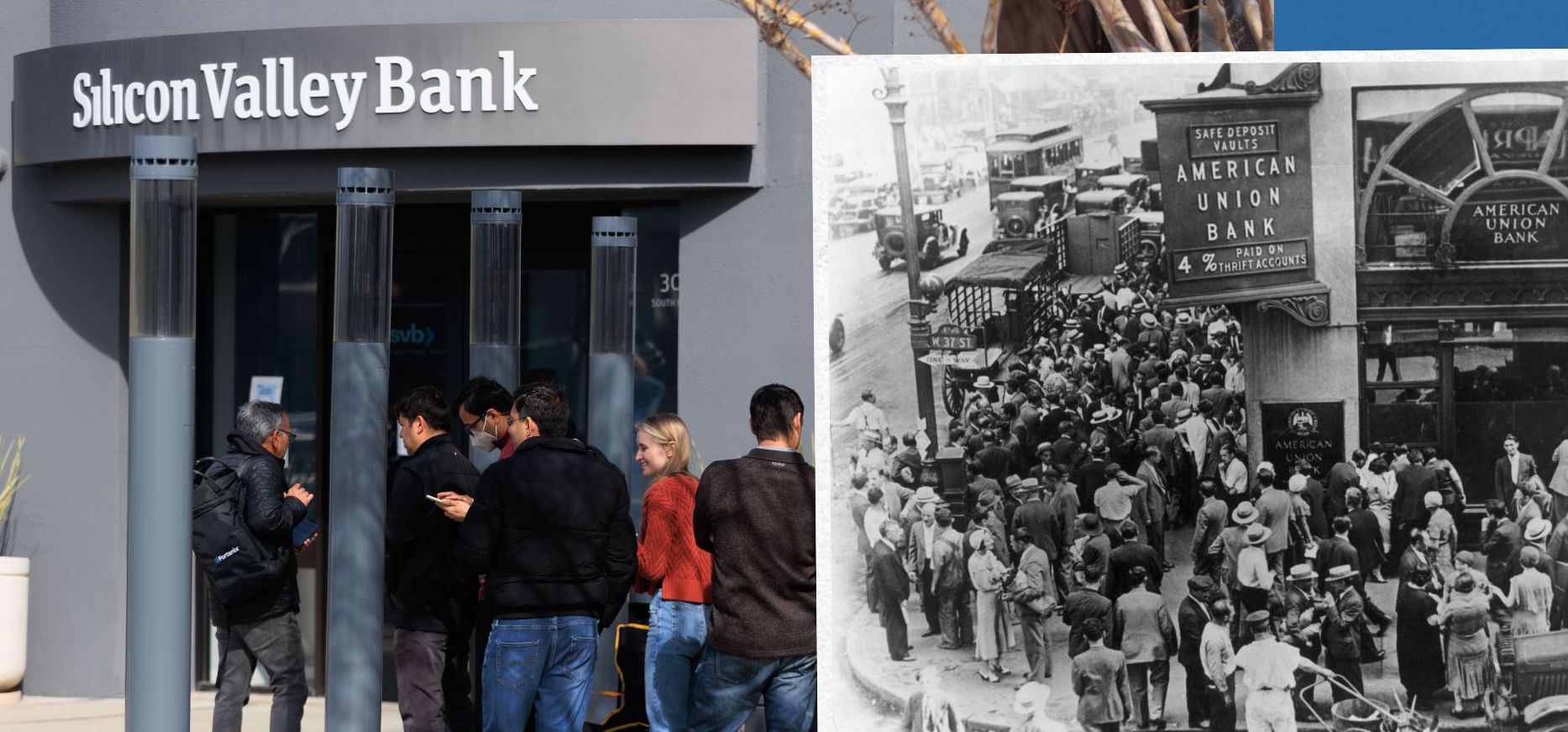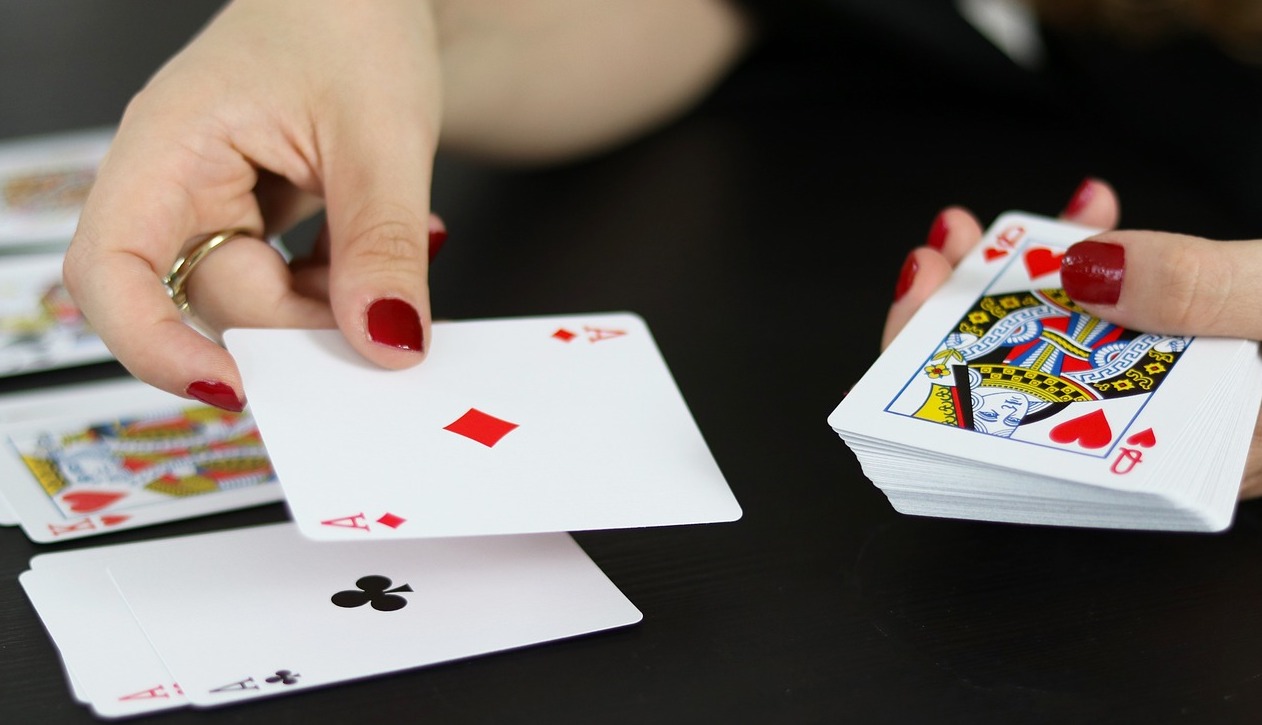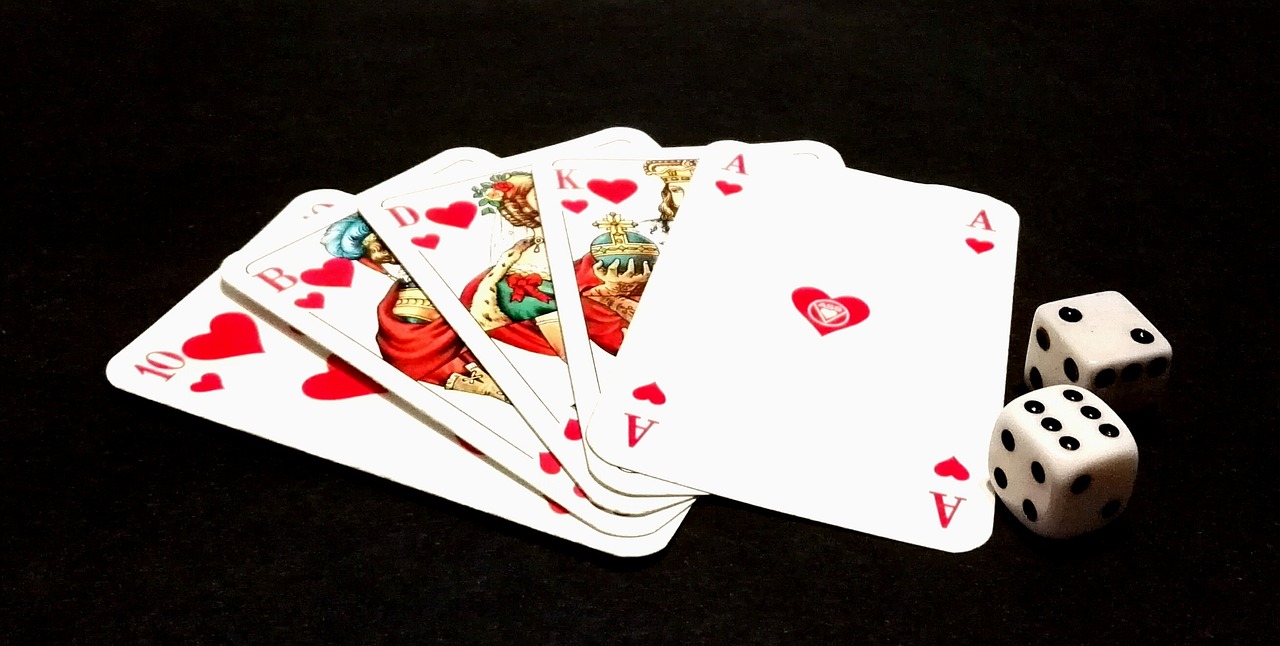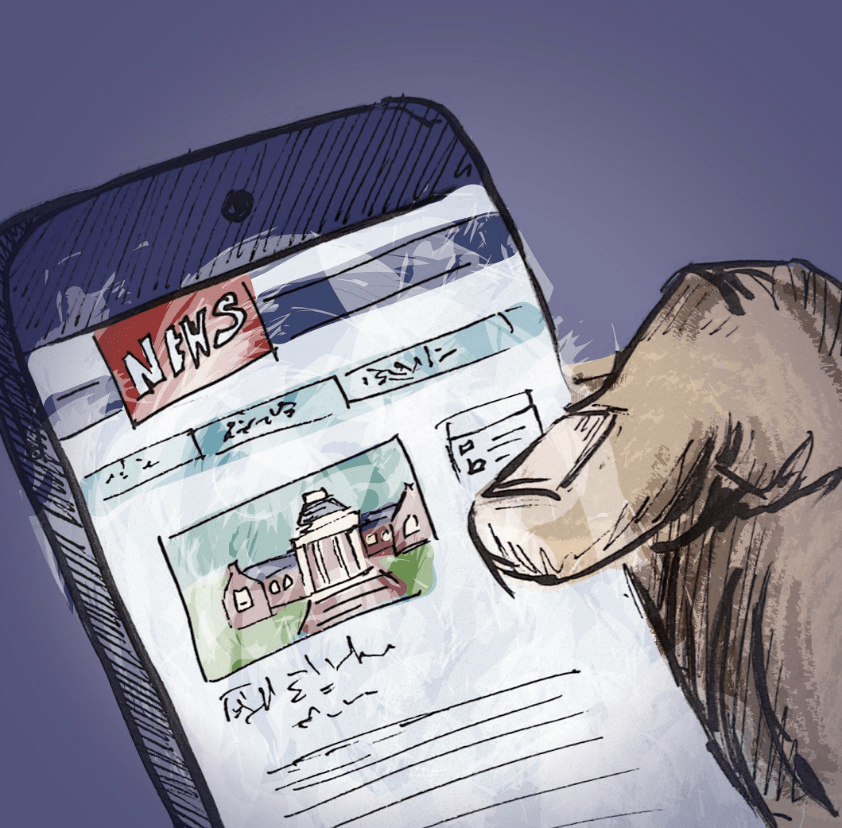슬롯사이트: 즐거운 쿠폰, 이벤트, 프로모션으로 확실한 보증!
슬롯사이트를 즐기는 많은 이용자들에게는 쿠폰, 이벤트, 프로모션과 같은 혜택들은 더할 나위 없는 즐거움입니다. 이러한 혜택들은 사용자들에게 다양한 보상을 제공하며 게임을 더욱 흥미롭고 다채롭게 만들어줍니다. 또한, 이벤트와 프로모션을 통해 보다 많은 이용자들이 슬롯사이트를 경험하고 즐길 수 있도록 독려하고 있습니다. 쿠폰은 슬롯사이트에서 인기 있는 혜택 중 하나입니다. 이용자들은 쿠폰을 활용하여 게임을 더...



















